Wildlife & Nature
Find Hidden Oases in Havana's Parks & Gardens We Love
Parque Almendares in Havana
Photo: Anton Lau
Explore the lesser-known gardens and parks of Havana and dive into the city's verdant green spaces for a unique glimpse into its tranquil side.
Havana, often celebrated for its rhythmic streets and architectural time capsules, holds a secret in plain sight: a network of green havens that weave through the city. This is where the city's heartbeat syncs with the natural world, offering escapes that are as refreshing as they are unexpected.
Join us as we explore the almost unknown parks and gardens of Havana, revealing a side of the city that’s just waiting to be discovered.
Parque Almendares in Havana
Photo: Anton Lau
1. Parque Almendares
If you find yourself in Havana’s Vedado neighborhood, take a detour to this urban oasis. Right under the Calle 23 bridge, Parque Almendares (or Parque Metropolitano as it’s also known) is not your average city park. It's where Havana's families come to escape the city's non-stop energy, trading car horns for bird calls. Here, you can challenge your friends to a friendly round of mini-golf, grab a drink at one of the small bars, or rent a boat and gently row down the Almendares River—just remember, it's for boating, not swimming.
The park owes its charm to Jean-Claude Nicolas Forestier, the French city planner who left his mark on Havana in the early 20th century. Forestier, renowned for his work on the Champs-de-Mars gardens by the Eiffel Tower heavily influenced several of Havana’s iconic landmarks, including Paseo del Prado and Parque Central.
Beyond its lush landscapes, Parque Almendares serves as a cultural venue, hosting everything from the Havana World Music Festival to summer concerts that draw crowds for nights filled with music under the canopy of trees.
Bosque de La Habana
Photo: Anton Lau
2. Bosque de La Habana
Just up the river from the serene Parque Almendares, you'll find the Bosque de La Habana, a verdant expanse that breathes life into the city. Known affectionately as Havana's lung, this dense forest not only cools the air but also offers a lush retreat from the urban sprawl. Among the iconic things to do in Havana, exploring the city in a vintage car stands out, with a stop at El Bosque often highlighted as a memorable part of the journey.
Far wilder and more enchanting than its park counterpart, the Bosque de La Habana is a place where the only paths are the ones you make, wandering between the road and the river.
While the forest's natural beauty is undeniable, it's also a space of spiritual significance. Santería ceremonies often take place on the bank of the river, adding an air of mystery and tradition to the forest.
Parque Ecológico Monte Barreto in Havana
Photo: Anton Lau
3. Parque Ecológico Monte Barreto
Tucked away in the Playa Municipality of Havana, Parque Ecológico Monte Barreto might just be the city's best-kept secret for outdoor enthusiasts and families alike. This 15-hectare oasis is perfect for everything from football matches to serene picnics. It's a stone's throw from the coast, making it an ideal spot for a day filled with outdoor fun, capped off with a meal at a nearby eatery.
Monte Barreto is where you can stretch out on a yoga mat, jog, or walk your dog in peace. It's somewhat wild, with no set paths, encouraging visitors to explore freely. You'll find a couple of cozy restaurants accessible from the street and even a thrilling zipline adventure through the treetops, which costs around 500 pesos.
Parque Lenin in Havana
Photo: Anton Lau
4. Parque Lenin
Just 20km south of central Havana, Parque Lenin unfolds as the city's largest green space. Created in the early '70s, this park was meant to be a recreational haven for Habaneros. Today, its a sprawling expanse that tells the story of ambition, nostalgia, and the sheer beauty of nature reclaiming its territory, sprinkled with a dash of the surreal.
The park's diverse landscape includes an artificial lake, an overgrown amphitheater, remnants of an amusement park, and a variety of recreational facilities like horseback riding, biking or enjoying a picnic under the shade of old-growth trees. While many areas show signs of neglect, there's a unique charm in exploring its expansive grounds, from the serene to the abandoned.
If you're drawn to the thrill of discovery, Parque Lenin holds a unique appeal. The eerie allure of its abandoned amusement park is reminiscent of other world-famous urban exploration sites like Berlin's Spree Park or Japan's Nara Dreamland. It's a place where you can see the layers of Havana's story, away from the typical tourist paths.
Despite its vastness and it’s unmaintained state, Parque Lenin remains an important part of Havana's landscape, especially on weekends when it comes alive with families and friends.
Given its size, we recommend going by car or bike to fully explore Parque Lenin. For a hassle-free visit, consider starting at the more active sections before delving into its quieter, more abandoned parts.
Jardín Botánico Nacional in Havana
Photo: Anton Lau
5. Jardín Botánico Nacional
If you've made it to Parque Lenin, you'll want to take the short 10-minute drive to the Jardín Botánico Nacional. Spanning 600 hectares, it's a vast, yet often overlooked, natural treasure. Since its opening in 1984, after 16 years of meticulous cultivation, the garden has grown to house over 4,000 plant species from around the globe, including a remarkable collection of 250 palm species, ethno-botanical crops, and a serene Japanese Garden established in 1989.
The garden offers multilingual guided tours either on a charming mini-train or in your own vehicle, providing an intimate exploration of its diverse ecosystems. From November to February, it becomes a prime location for spotting migratory birds, adding to its year-round appeal.
Dining options cater to all tastes, with Restaurante el Bambú offering a daily vegetarian buffet and a nearby ranchón serving meat dishes in a rustic setting. The entrance area features greenhouses filled with cacti, orchids and tropical flowers, leading to the tranquil Japanese Garden.
The garden is divided into thematic sections, including a giant bamboo forest, a palm garden with species from across the world, and specialized areas for medicinal and aquatic plants, as well as bonsai.
Remember to bring mosquito repellent and arrange your return transportation in advance, as public transport options are limited in this area. Expect the return trip to take about 45 minutes.
Written by Gabriela Rey.
Published April 2024.
Explore More of Cuba's Wildlife and Nature
Scale the Peaks of Sierra Maestra
Enter the extensive Sierra Maestra mountains in Cuba, full of
Best Spots for Fishing Around Cuba
Largely untouched and diverse, Cuba is one of the most
Greatest Waterfalls in Cuba
Let the crystalline waters of the greatest waterfalls in Cuba
Explore the Glittering Caves of Bellamar
Dive into one of Cuba's most dazzling adventures in the
Ciénaga de Zapata: A Natural Cuban Treasure
Encounter the endemic flora and fauna of Matanzas Cuba, and
Cuba’s Top Destinations For Your Next Mountain Bike Adventure
Get to know the 5 best spots for mountain biking
The Landscape of Cuba: Topes de Collantes
Enter and Explore Topes de Collantes. Home to amazing waterfalls
See Cuban Nature Up-close at Sierra Del Rosario
Reconnect with nature at Cuba's Sierra del Rosario nature reserve.
Categories
Tags
Share
Subscribe to our newsletter
Get more travel inspiration, tips and exclusive offers sent straight to your inbox
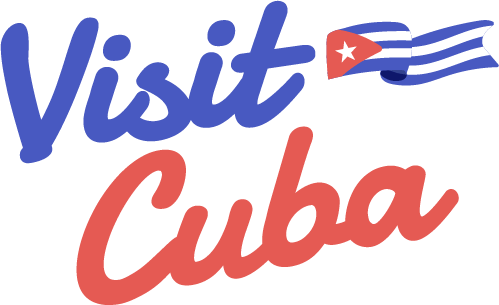
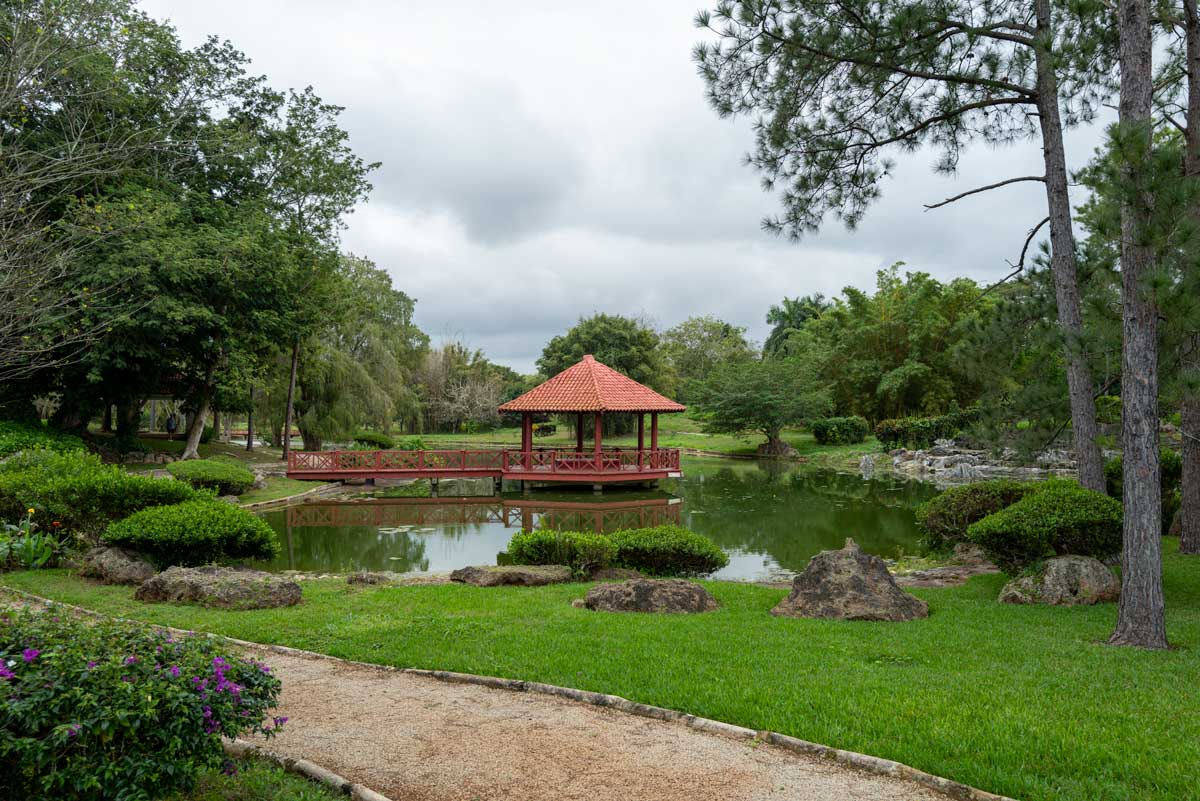
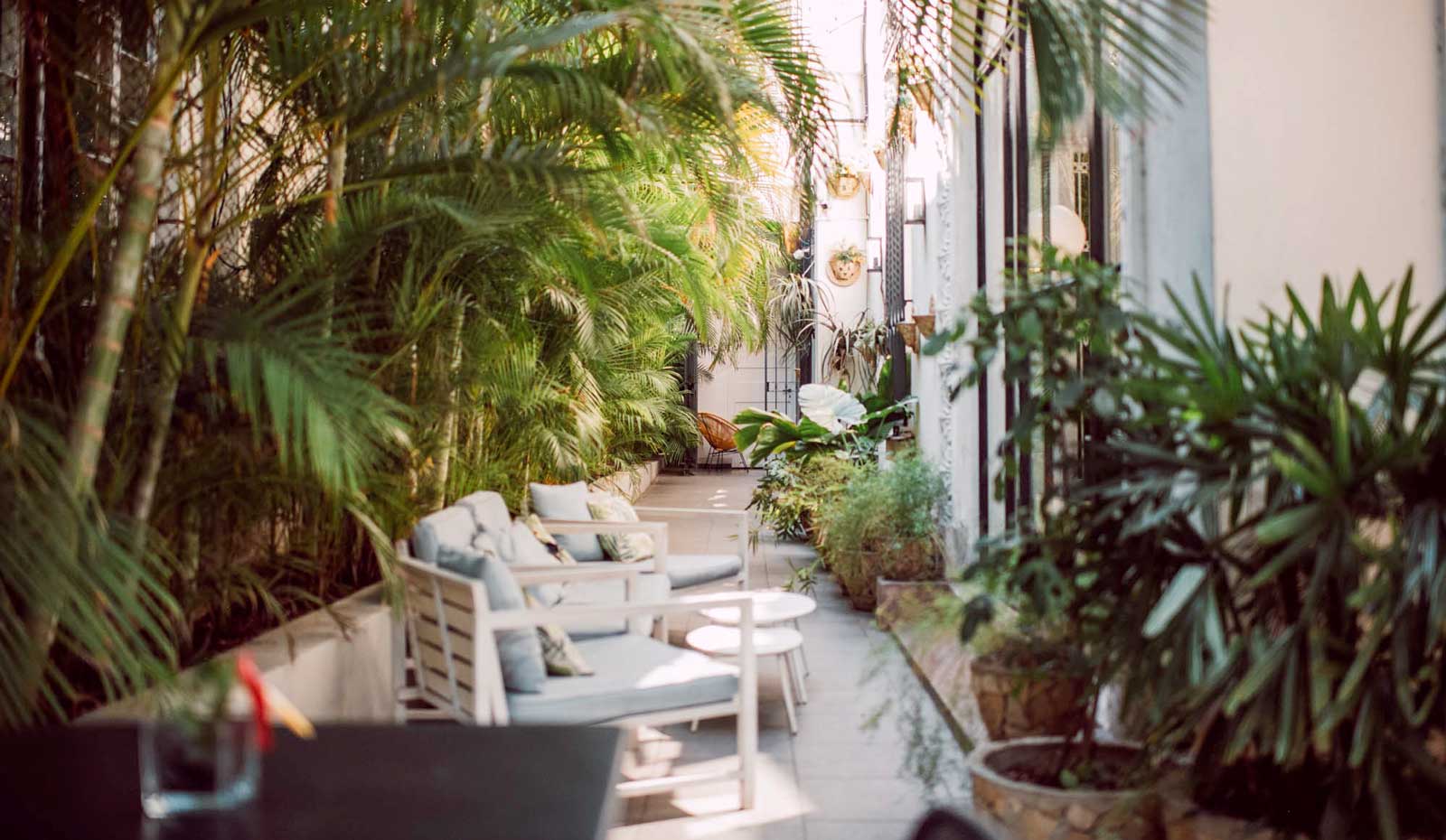
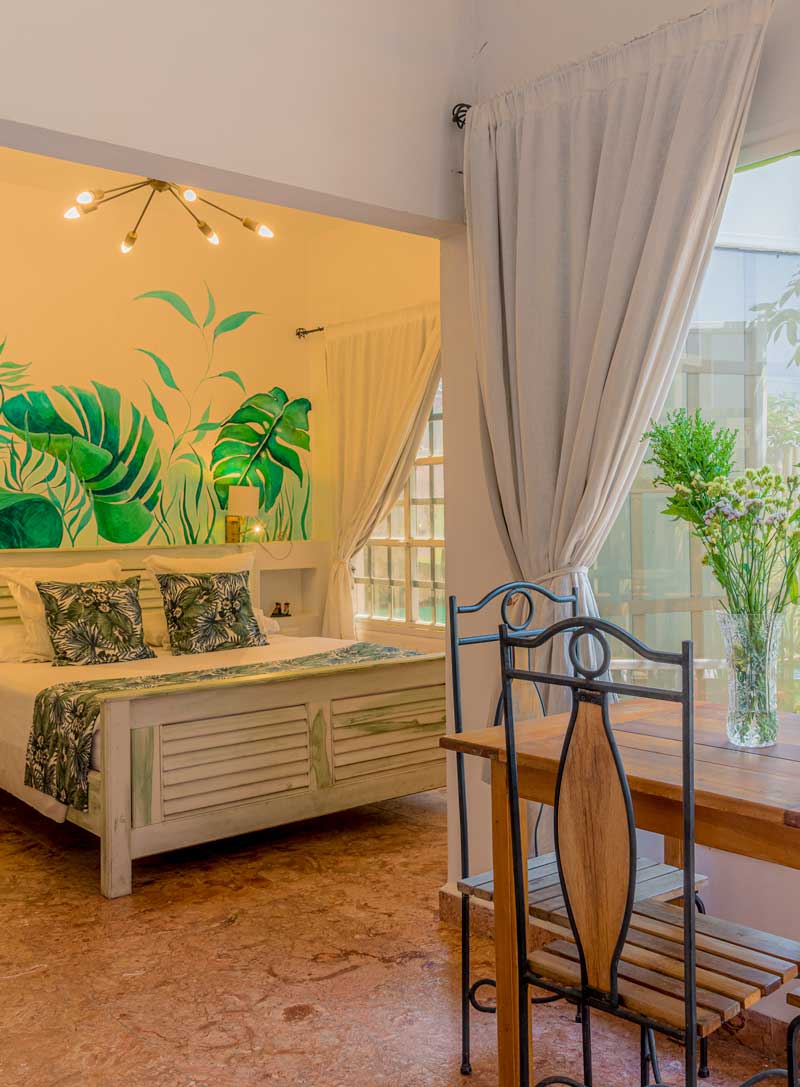
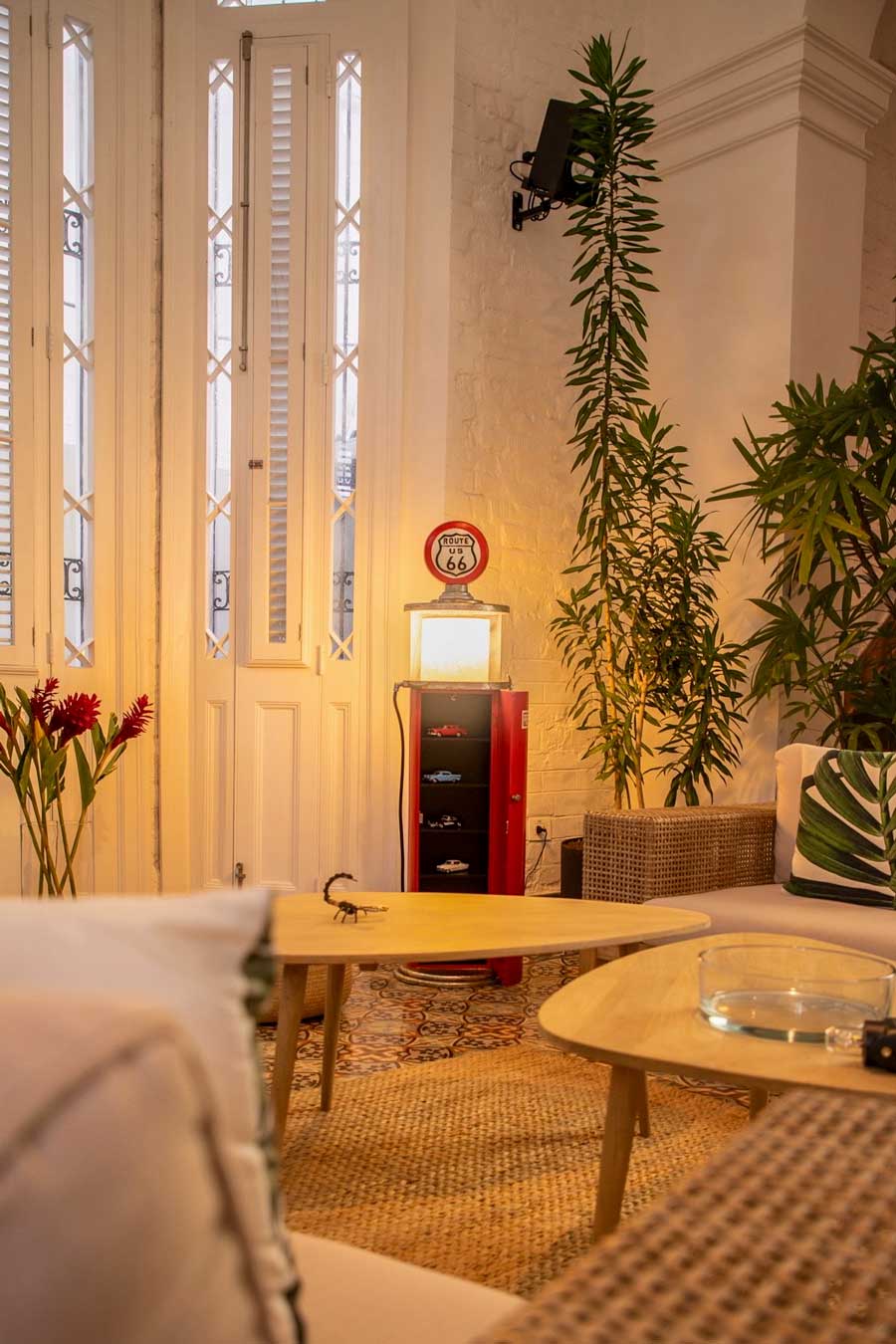
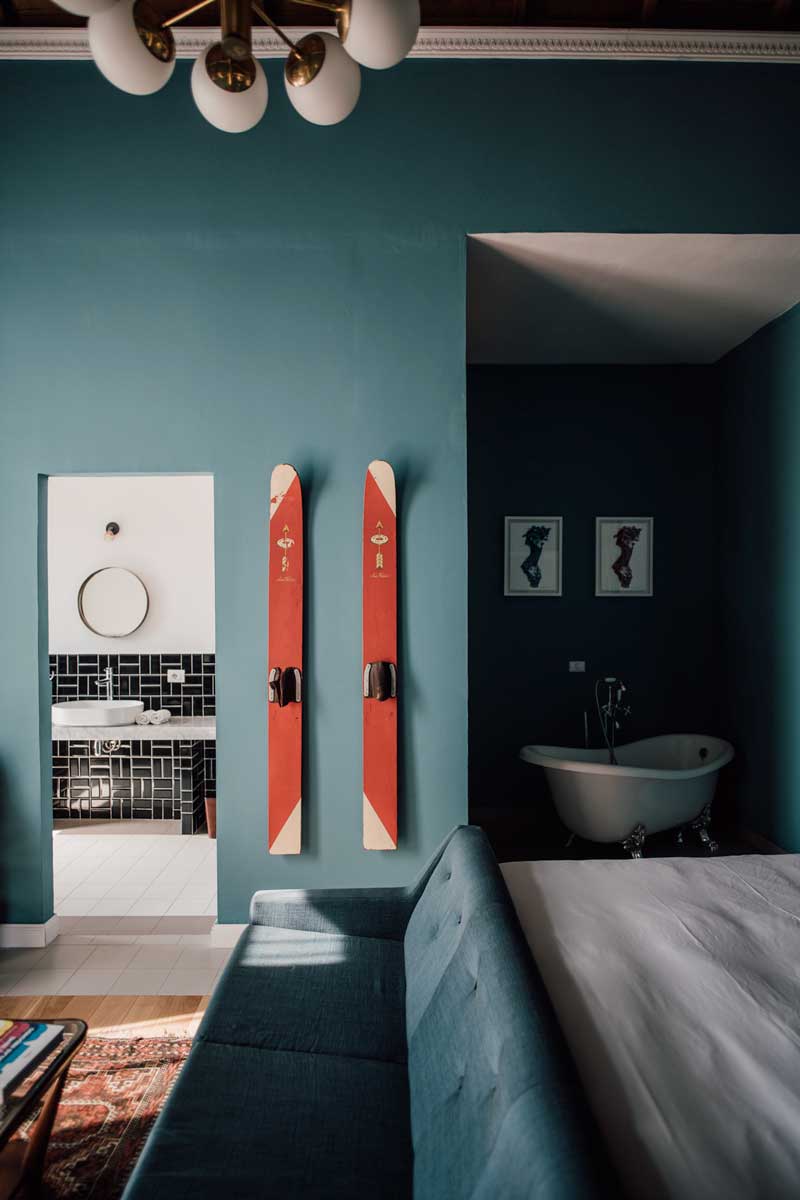
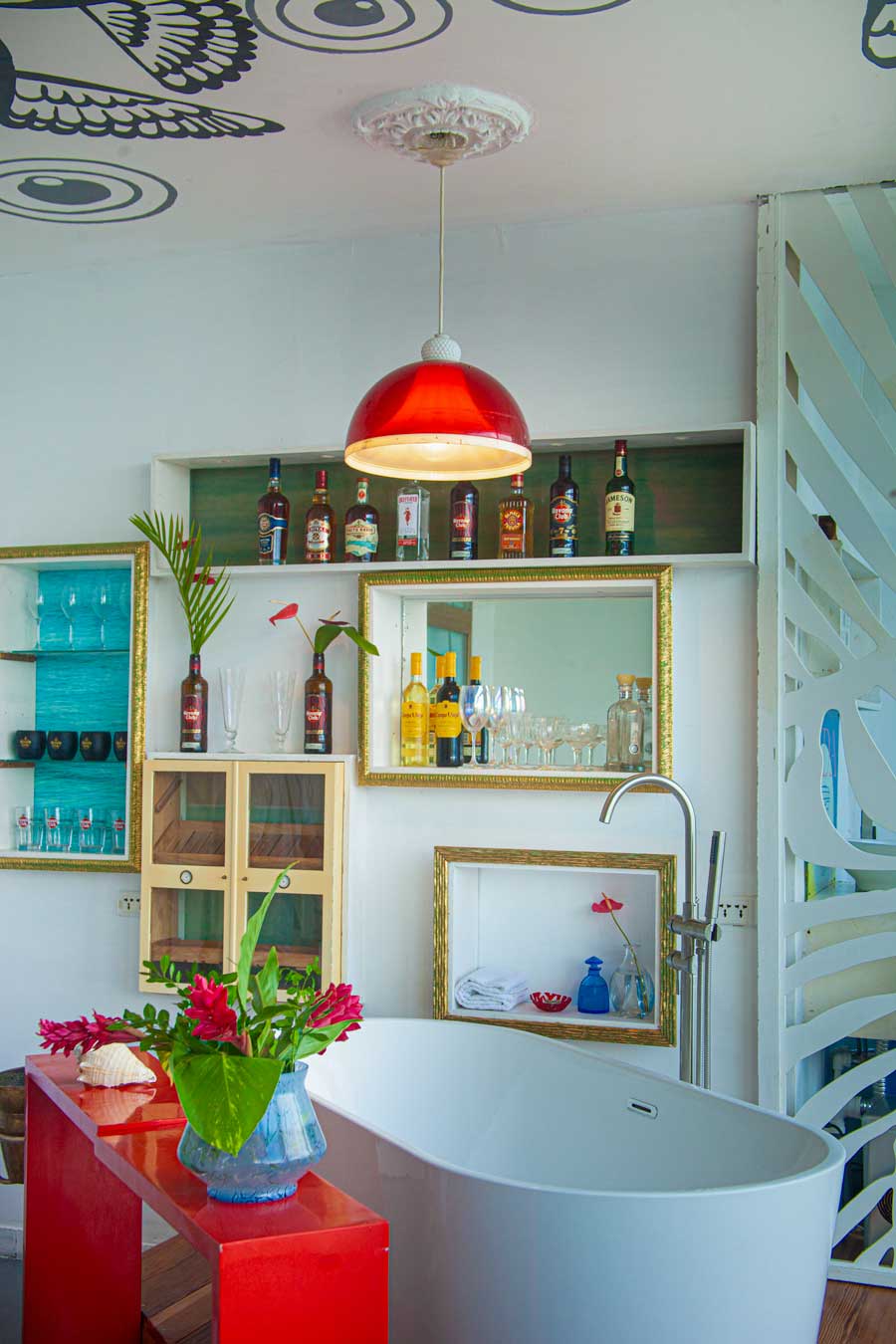
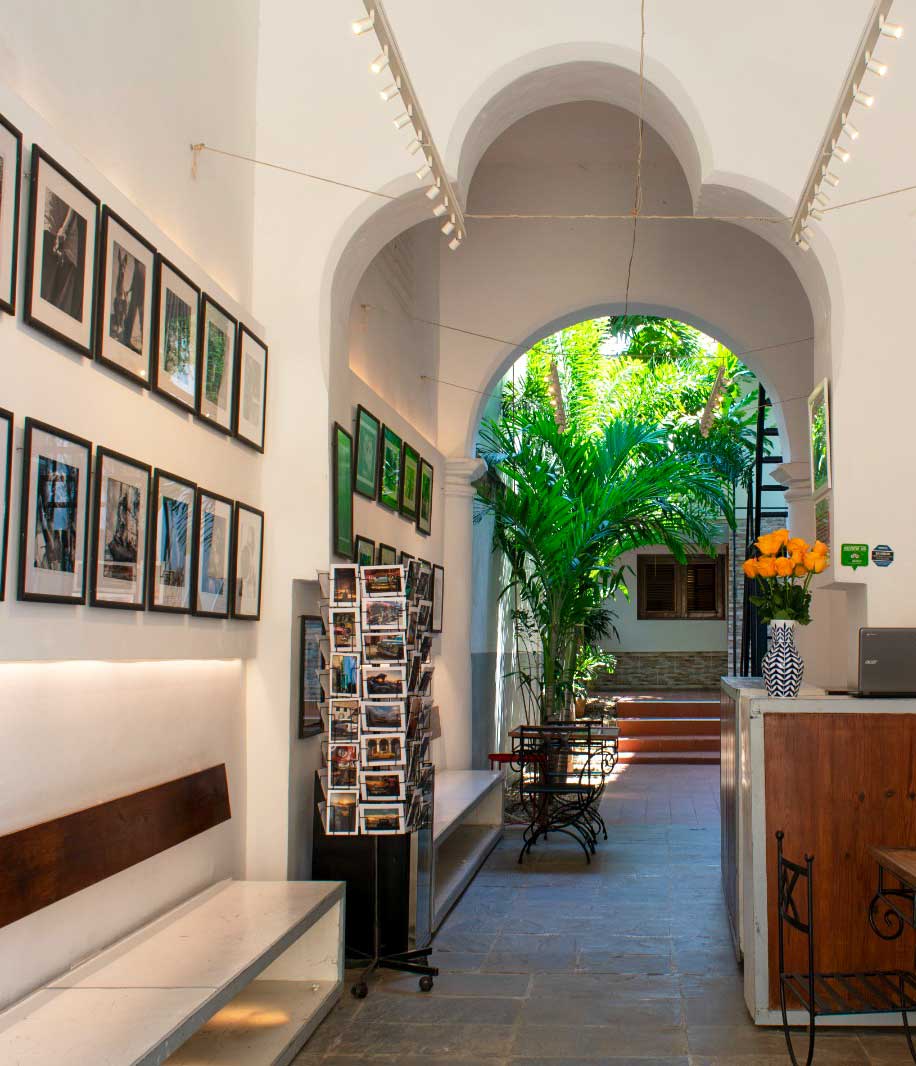
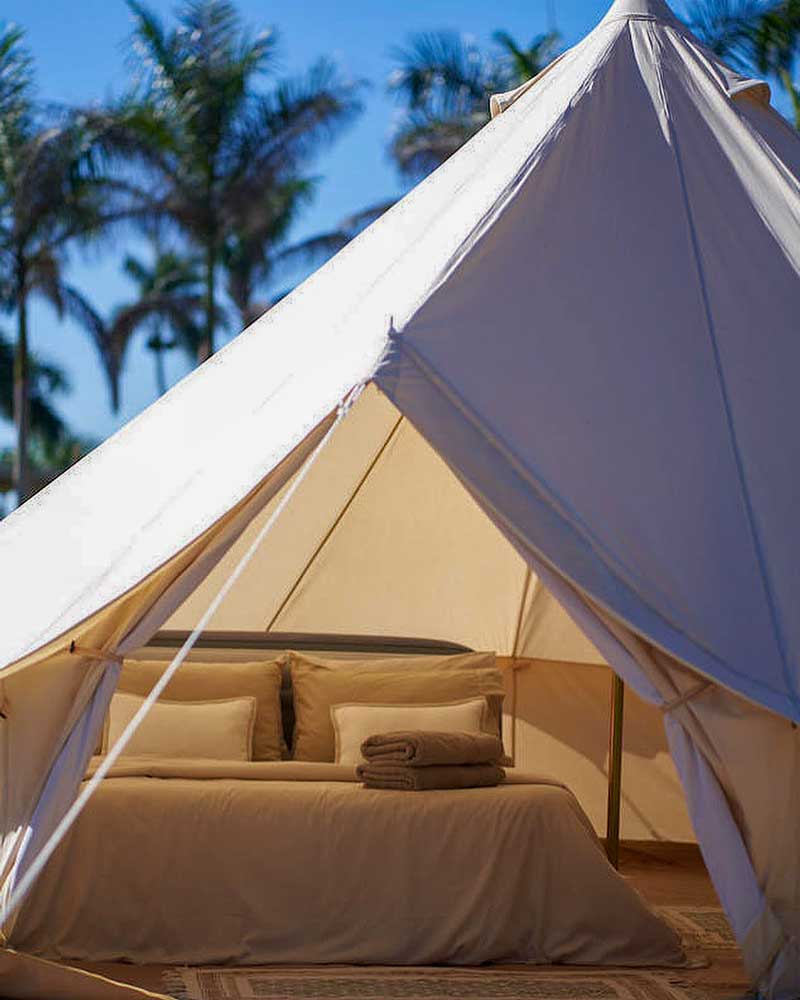



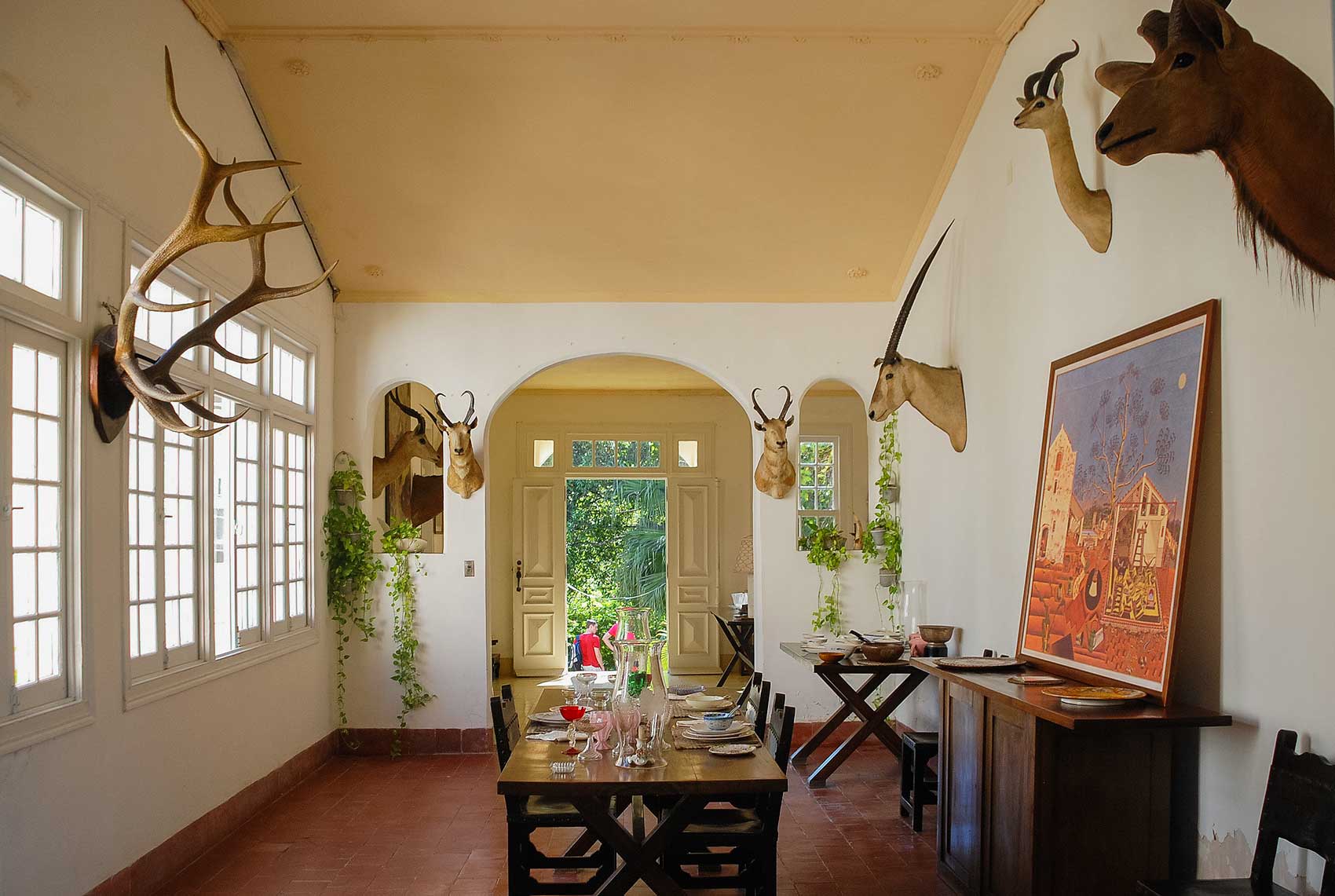
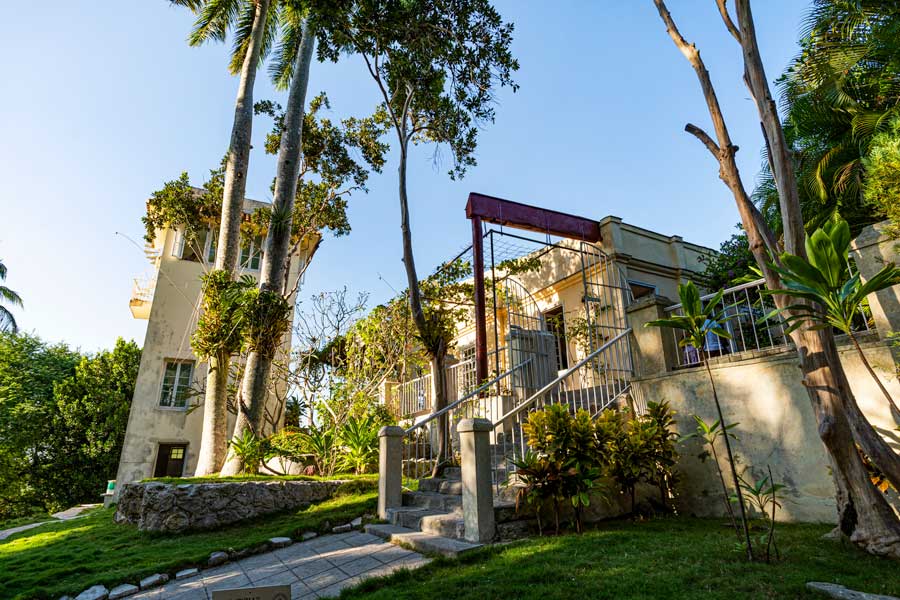
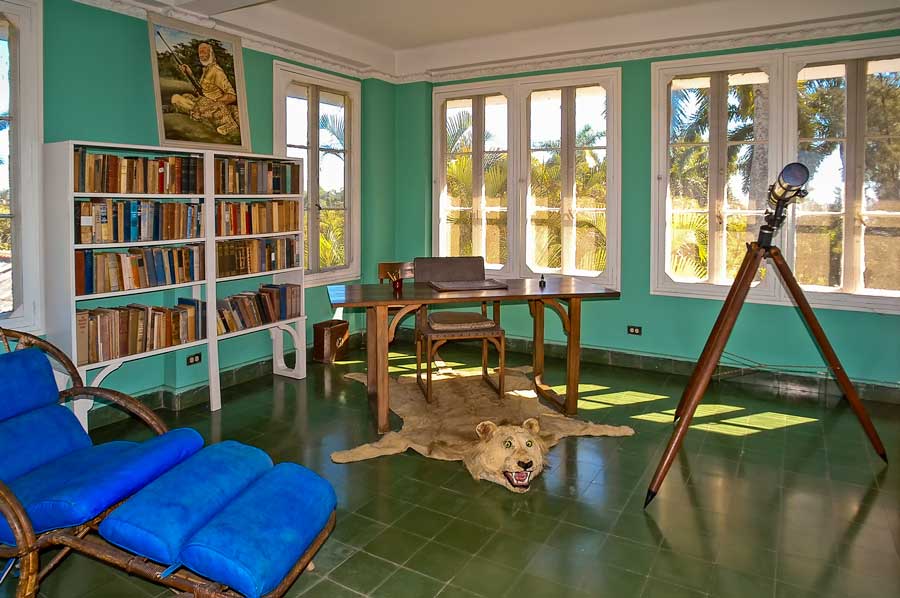
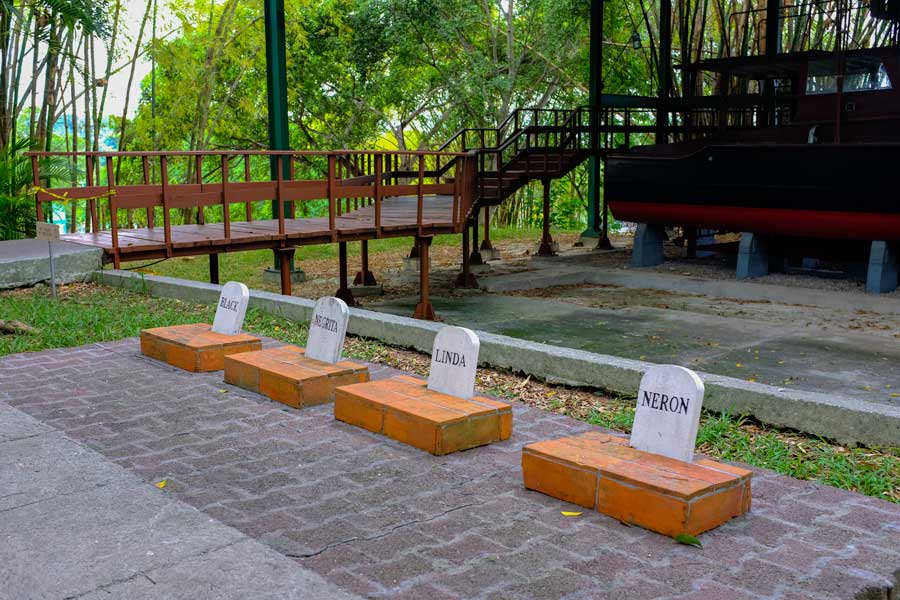
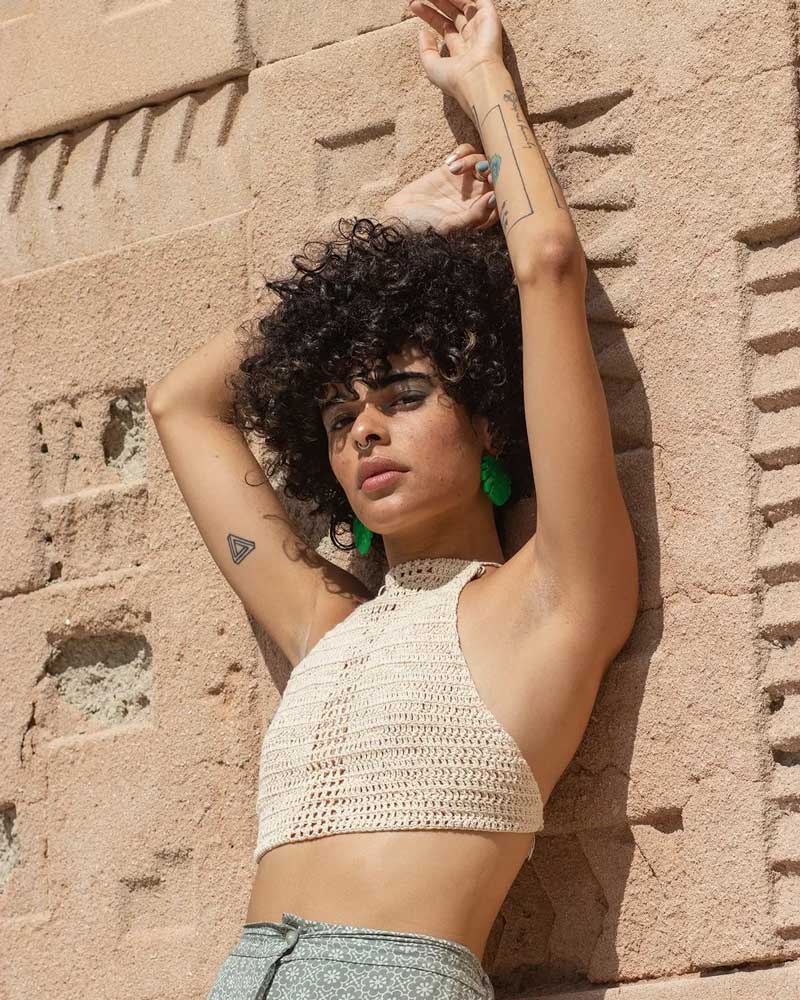
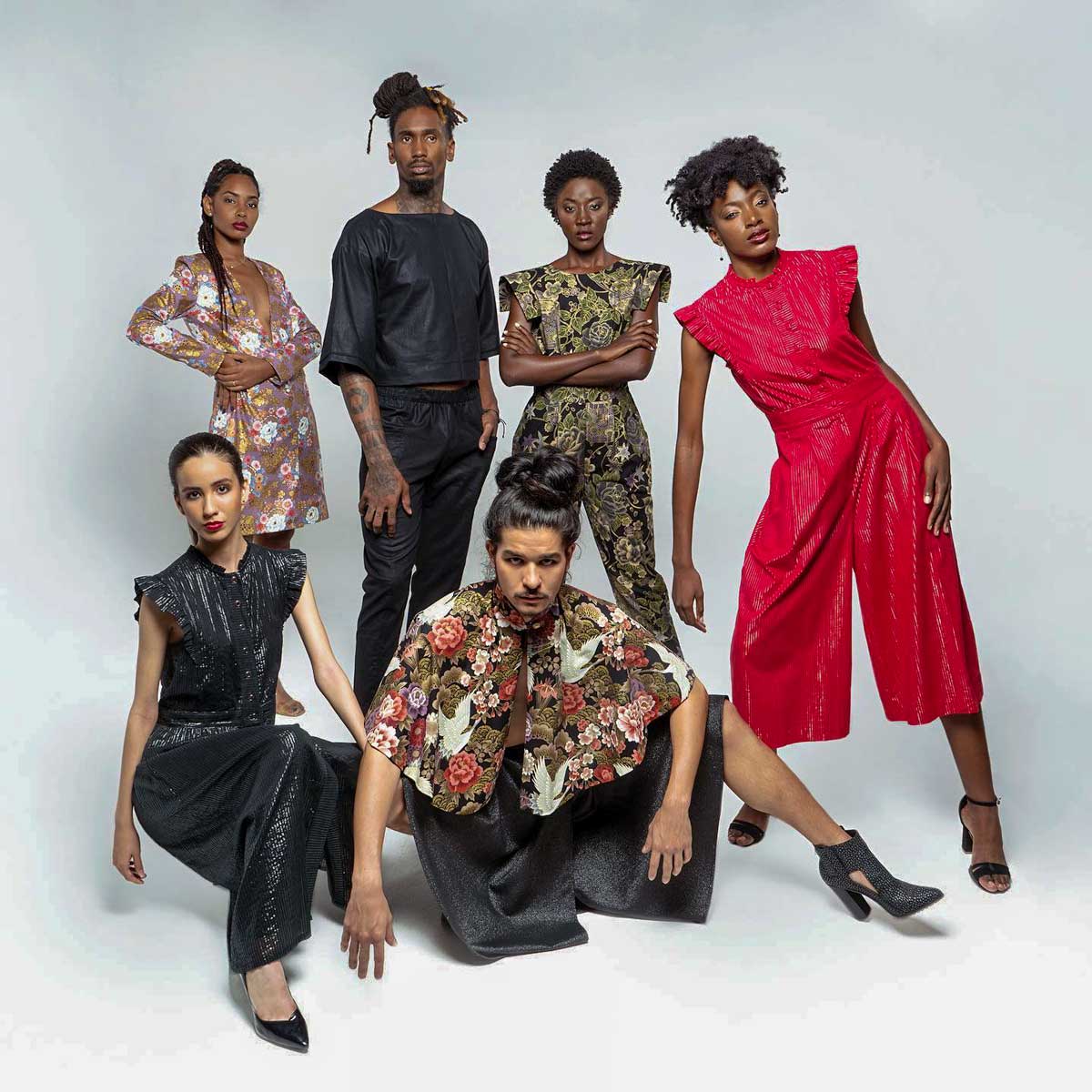

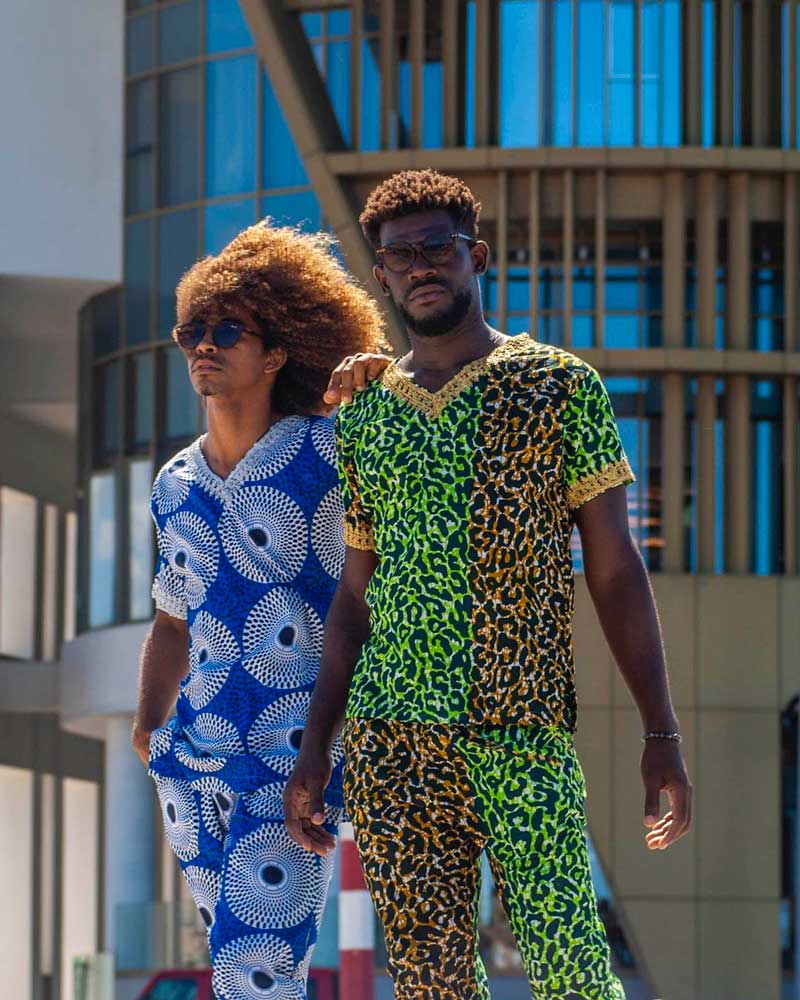
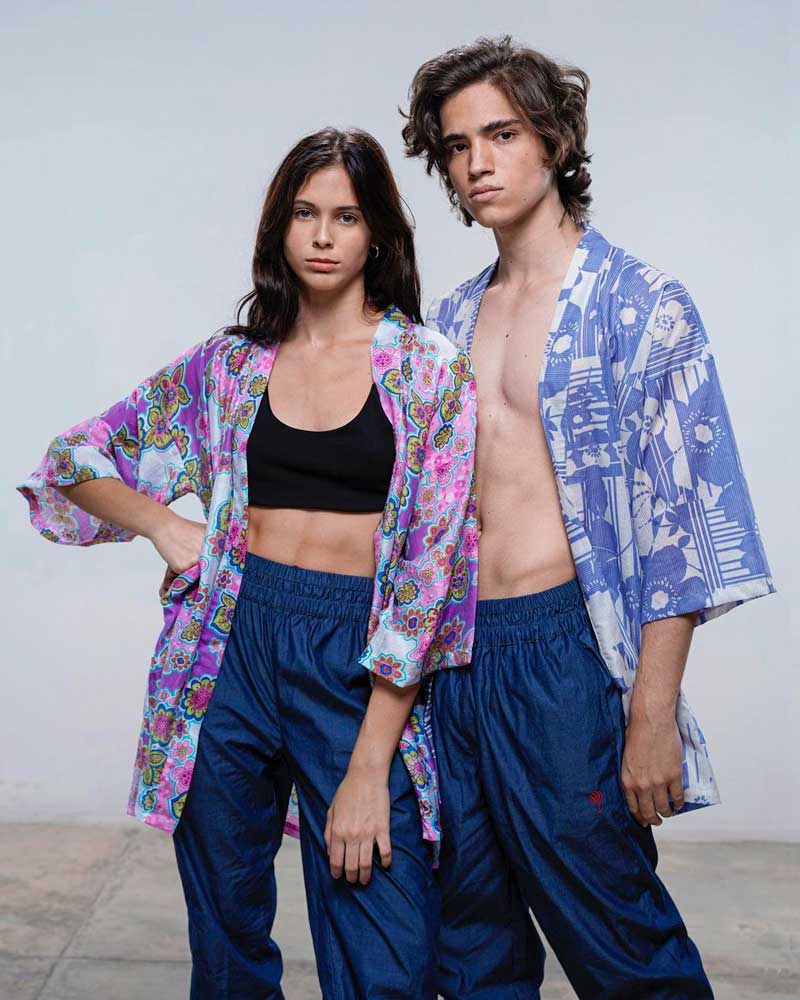
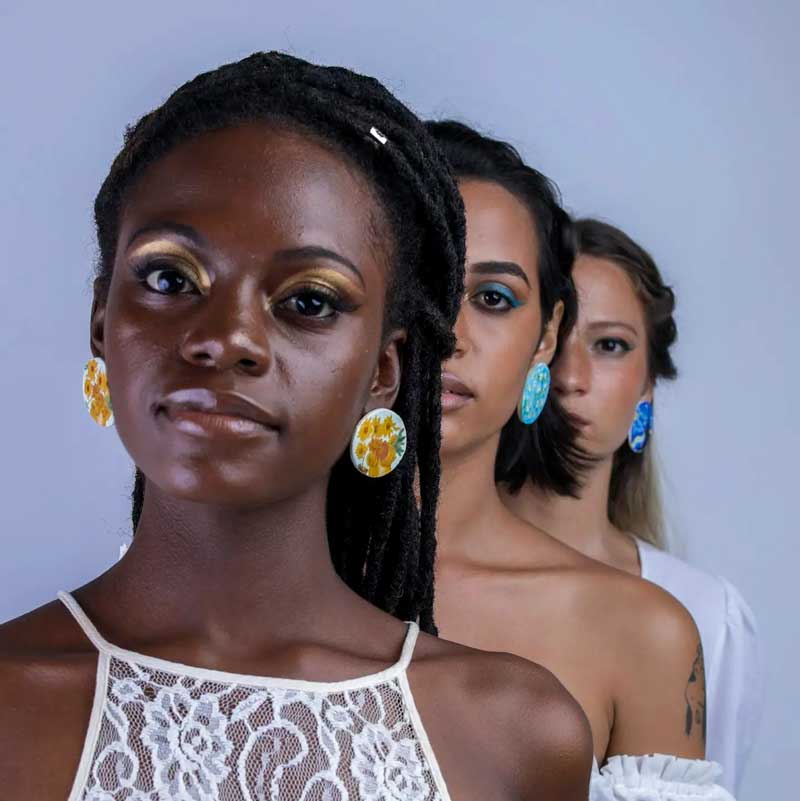
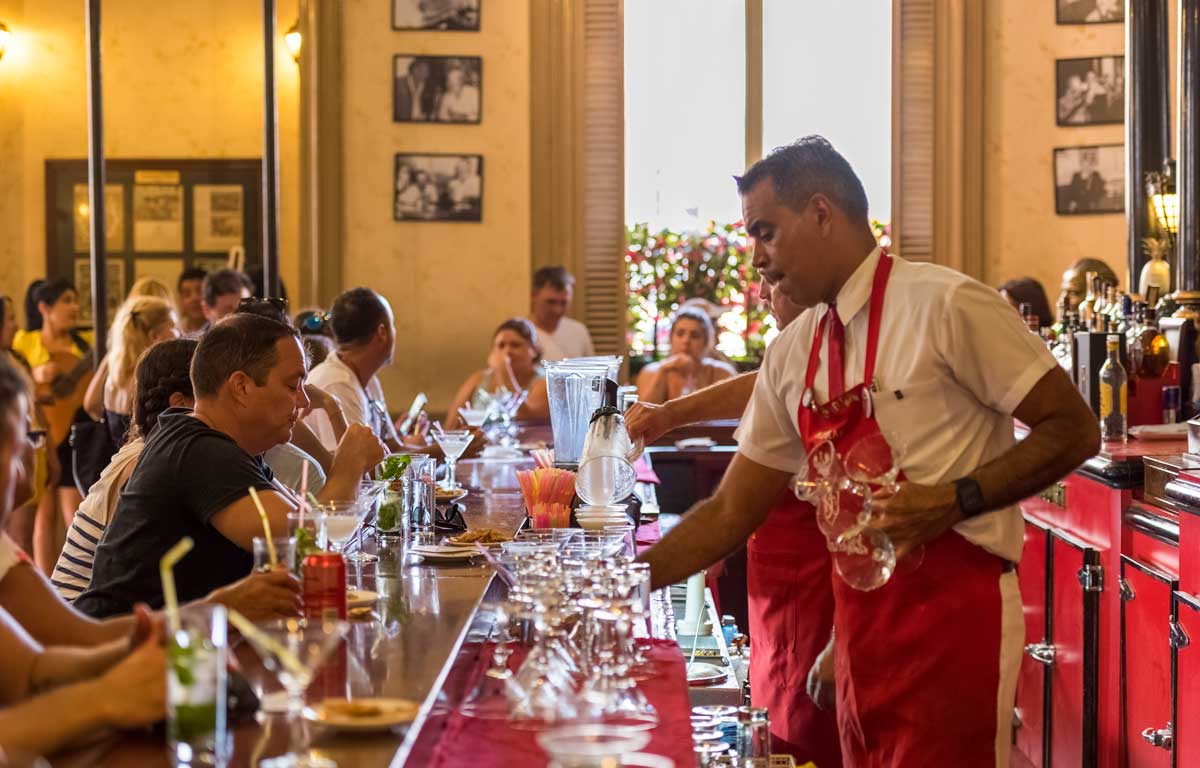
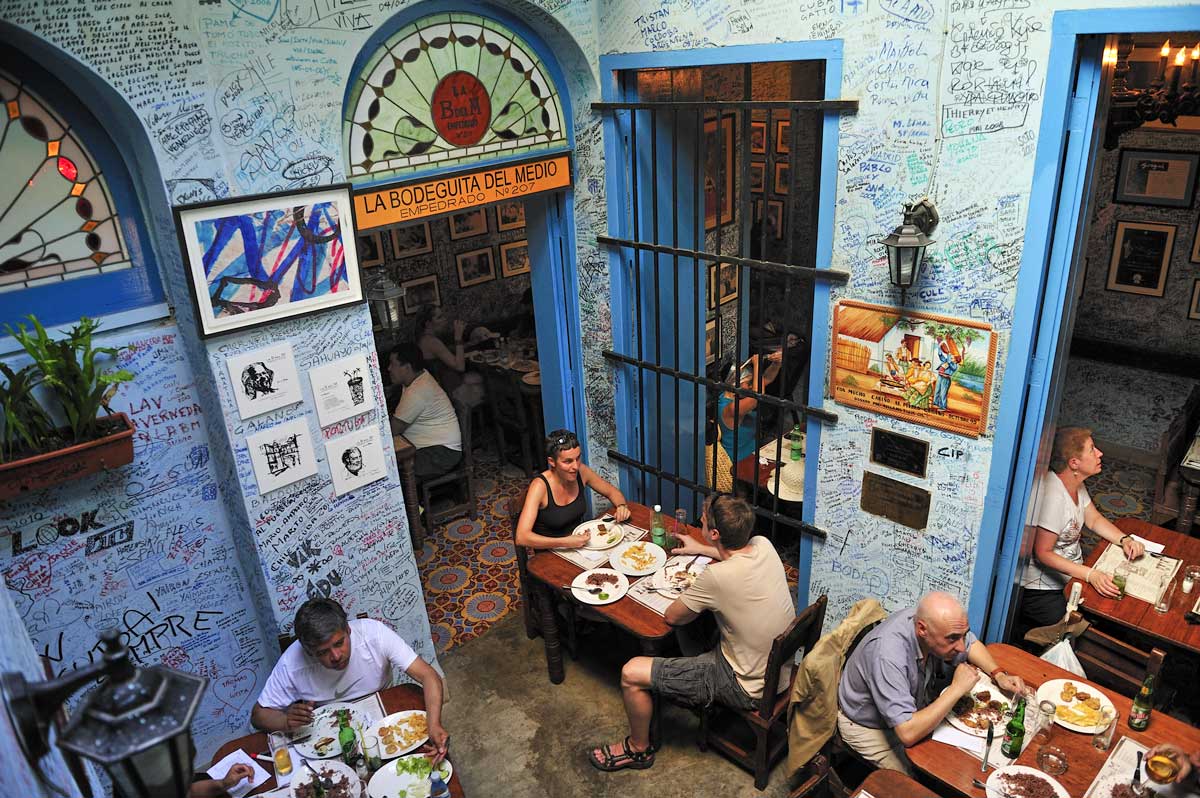
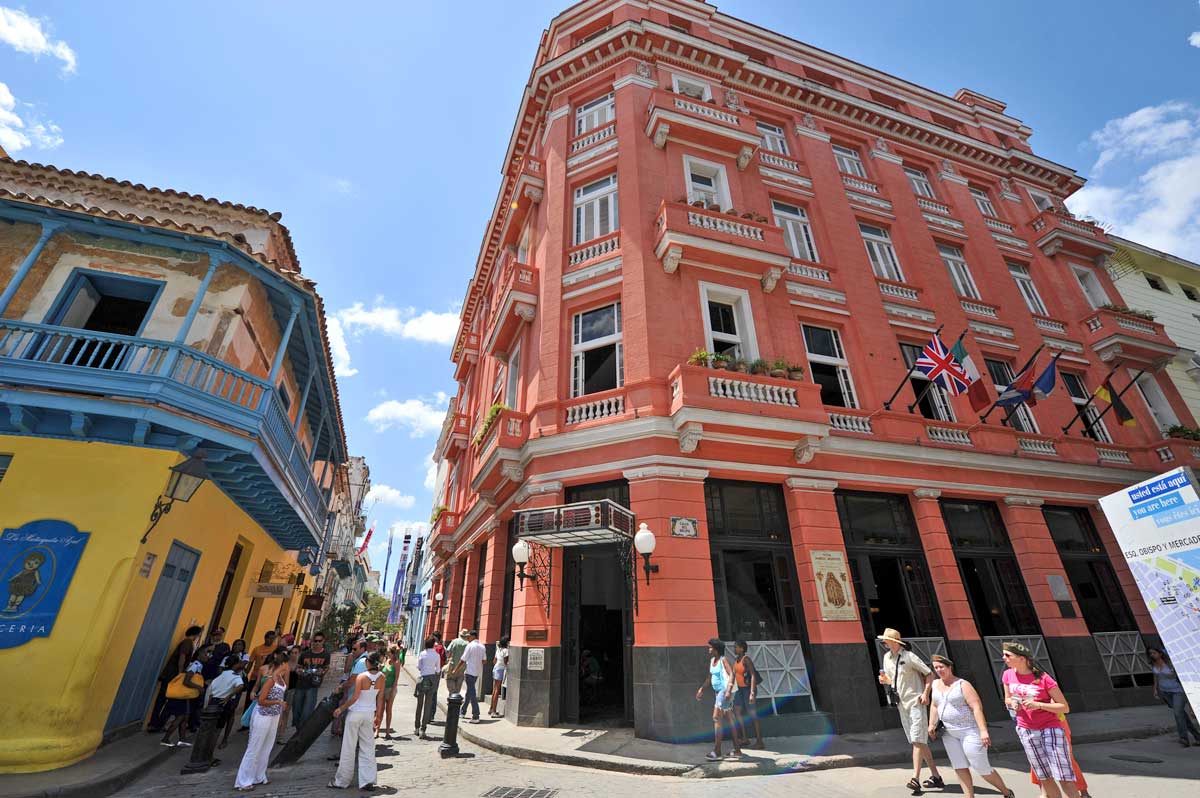
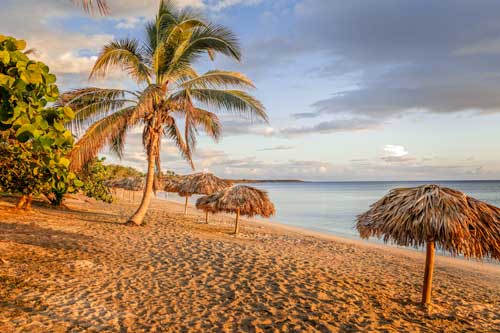 Subscribe to our newsletter for the best monthly stories and insider guides about Cuba!
Subscribe to our newsletter for the best monthly stories and insider guides about Cuba!